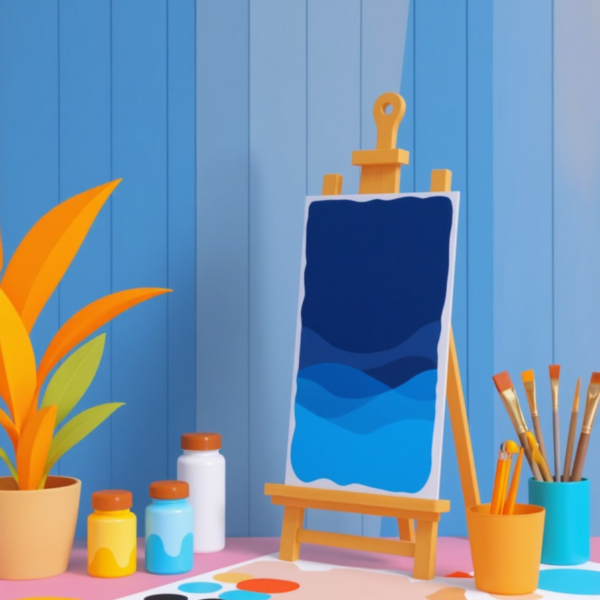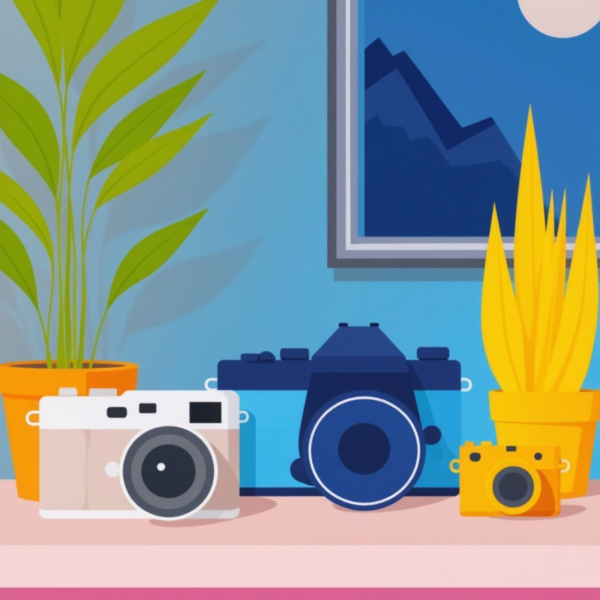Painting is a wonderful way to express creativity, and having the right tools can make all the difference in your artistic journey. Whether you’re using acrylics, watercolors, or oils, understanding essential painting tools will help you get started with confidence. Here’s a guide to the basic painting tools every beginner should have.
Essential Brushes
Different brushes serve various purposes, and choosing the right ones can greatly impact your work.
- Flat Brushes: Great for broad strokes, blending, and filling large areas.
- Round Brushes: Ideal for detailed work, outlining, and creating smooth lines.
- Filbert Brushes: A versatile brush that offers both detail and smooth blending.
- Fan Brushes: Used for textures, blending, and special effects like foliage and clouds.
- Detail Brushes: Small, fine brushes for intricate details and precision.
Paint Types
Each type of paint has unique qualities and requires specific tools:
- Acrylic Paint: Fast-drying and versatile, works well on various surfaces.
- Watercolor Paint: Requires a lighter touch and special watercolor brushes.
- Oil Paint: Slow-drying, allowing for extended blending and rich textures.
Palette and Mixing Tools
- Palette: A flat surface for mixing colors; available in plastic, glass, or wood.
- Palette Knives: Used for mixing paint and creating textured effects directly on the canvas.
Canvases and Surfaces
- Canvas: Available in stretched, board, or paper form, suitable for acrylics and oils.
- Watercolor Paper: Specifically designed for watercolors, offering good absorption.
- Wood Panels: Provide a firm surface, often used for acrylics and oils.
Additional Supplies
- Easel: Holds your canvas at a comfortable angle while painting.
- Rags and Paper Towels: Essential for cleaning brushes and adjusting paint consistency.
- Water Jar or Solvent: Used for cleaning brushes; water for acrylics and watercolors, solvents for oils.
- Gesso: A primer that preps your canvas or surface for painting.
Tips for Beginners
- Start with a Limited Palette: Fewer colors help you learn color mixing effectively.
- Invest in Quality Brushes: Cheap brushes wear out quickly and affect your painting quality.
- Practice Brush Techniques: Experiment with strokes and blending to build confidence.
- Keep Your Tools Clean: Proper maintenance extends the life of your supplies.
With the right tools and practice, painting can be a fun and rewarding experience. Gather your materials, pick up a brush, and start creating your masterpiece!



Leave a Reply